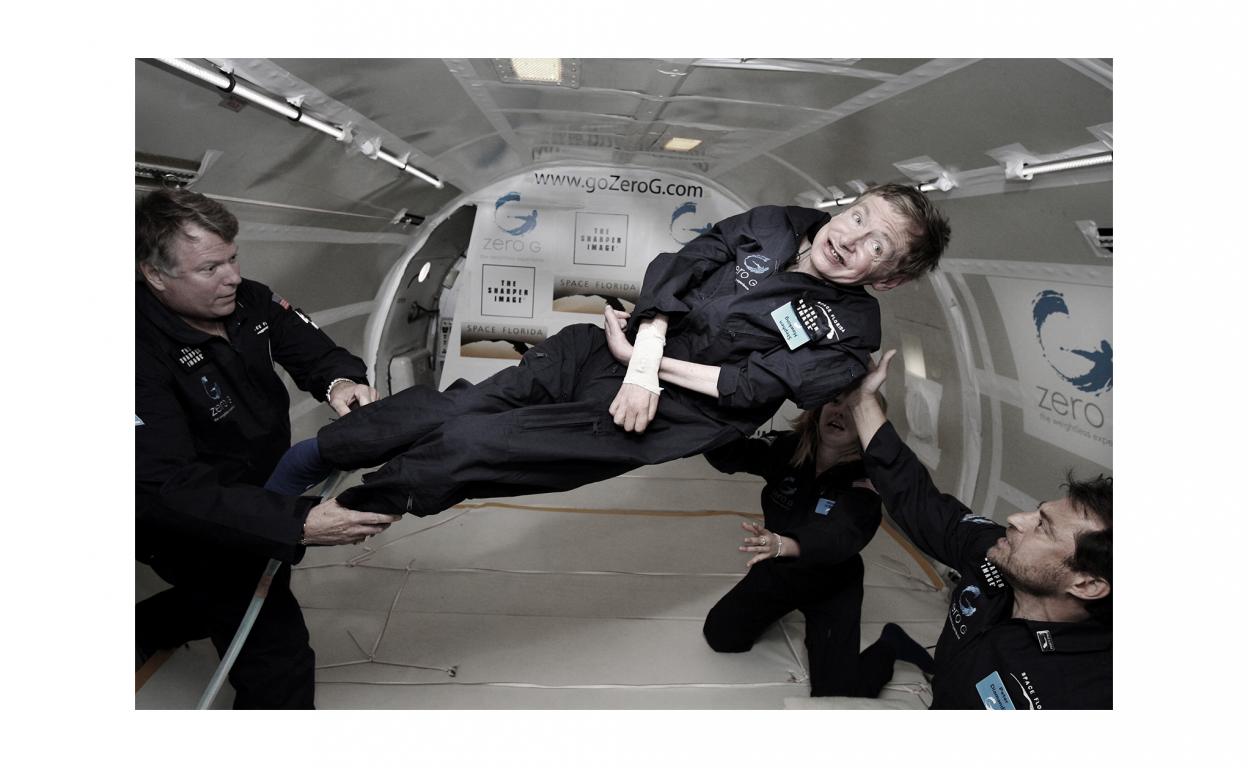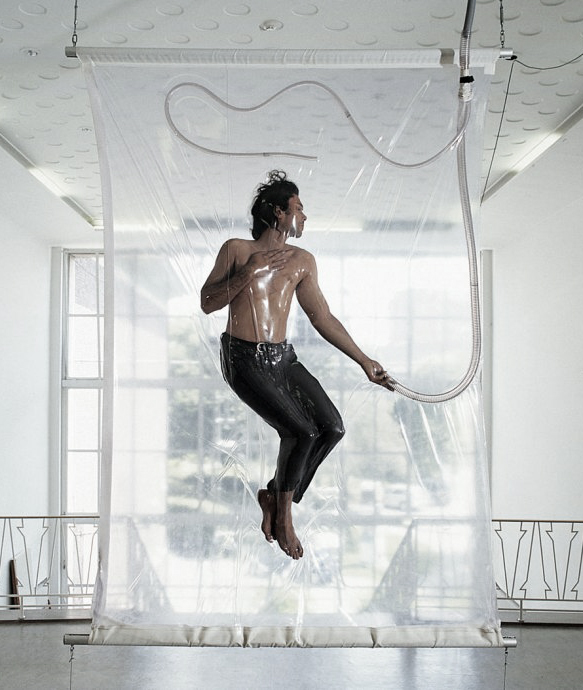
Research / Academic / Kolemvetes
Built on two parts, this Thesis seeks to address the tradition of anthropometric models in Architecture through a new perspective.
The first part is devoted to an analysis of the Architectural Manifesto ‘The Function of the Oblique’, signed by Paul Virilio and Claude Parent in 1966. Although not explicitly portrayed as an anthropometric model by its authors, the ‘Oblique’ is treated as such in the context of the present work. In contrast to other anthropometric models of the mid-20th century, the ‘Oblique’ revolutionized the frame of metric reference to the human body, by placing its emphasis not on the body’s physiognomy, but on its physiology. Rather than an abstract representation, the body of the ‘Oblique’ is an alive, idiosyncratic, energized ‘being’.
The analysis of the first part takes the form of synthesis in the second part. In an effort to transcribe the principles of the ‘Oblique’ in a present day context, the body of the Kolemvetes (Greek word for Swimmer) becomes the substitute for the body of the Dancer, which for Virilio and Parent would describe the ideal inhabitant of the ‘Oblique’. The principles of our aquatic kinesthetic experience, transcribed in a nonaquatic setting, provide the material for a new spatial narrative.
Maybe this makes up the strongest characteristic of existence in metaphysically
demanding civilizations: Intelligence loosens itself from the primacy of local
conversations and takes part in the rerouting of the flow of meaning from living
near to living far. That is why ‘Being’ (Dasein) now means swimming in signs that
are validated by their strong senders.
Peter Sloterdjik
Name
Keywords
Type
Year
Location
Client
Status
Size
Team
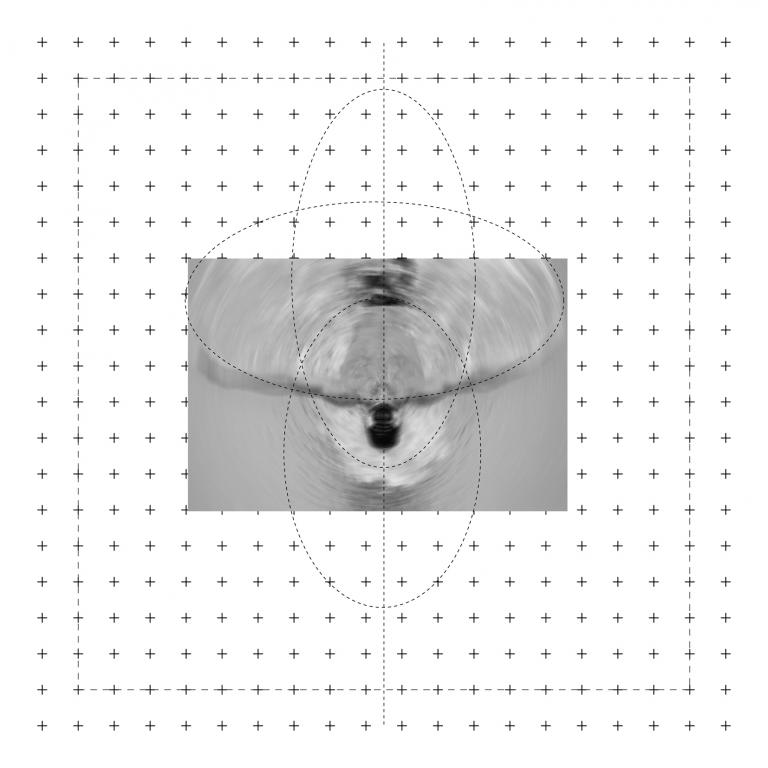
Conceptual Plan
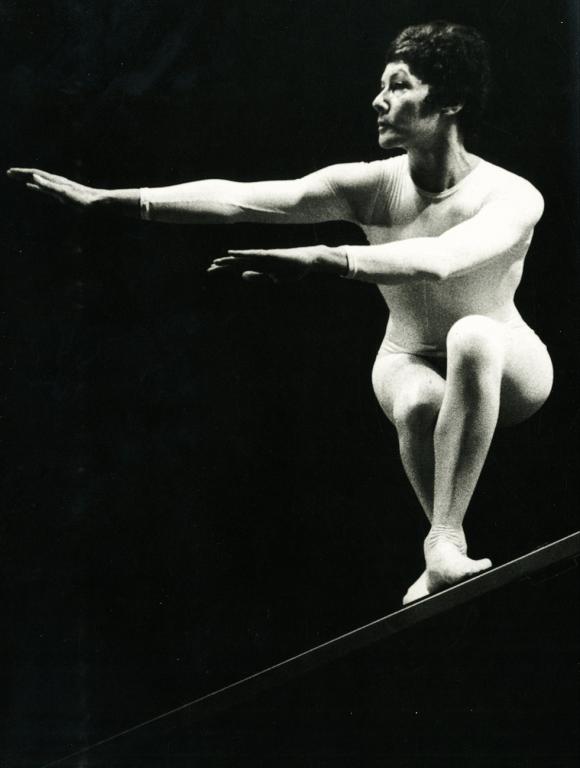
the body of the dancer
the body of the swimmer
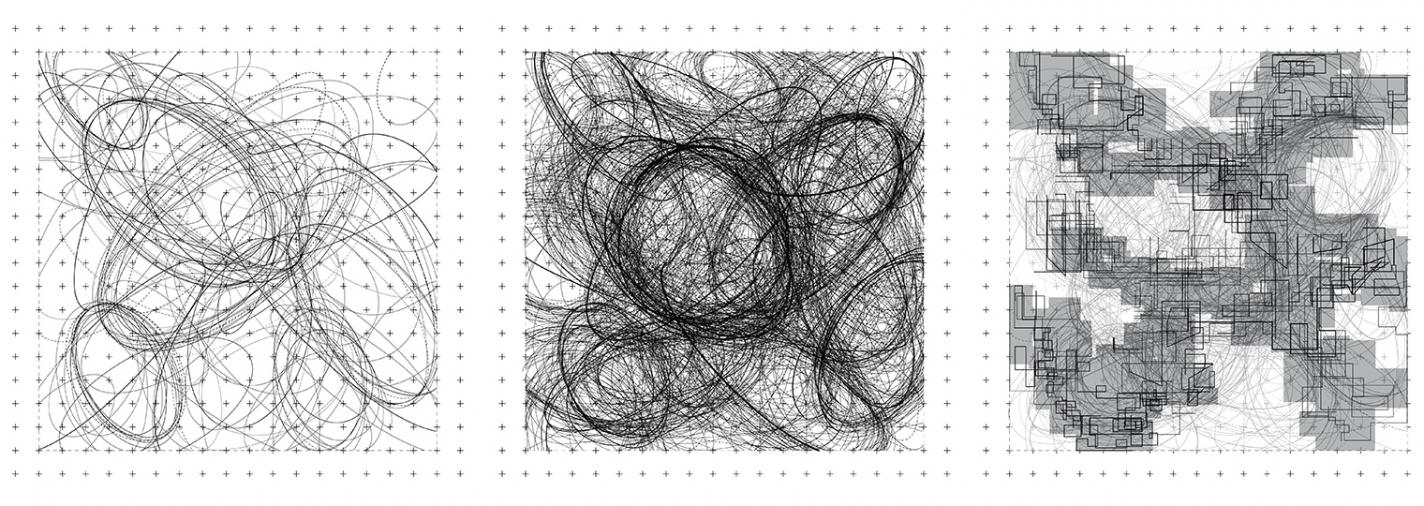
conceptual diagrams
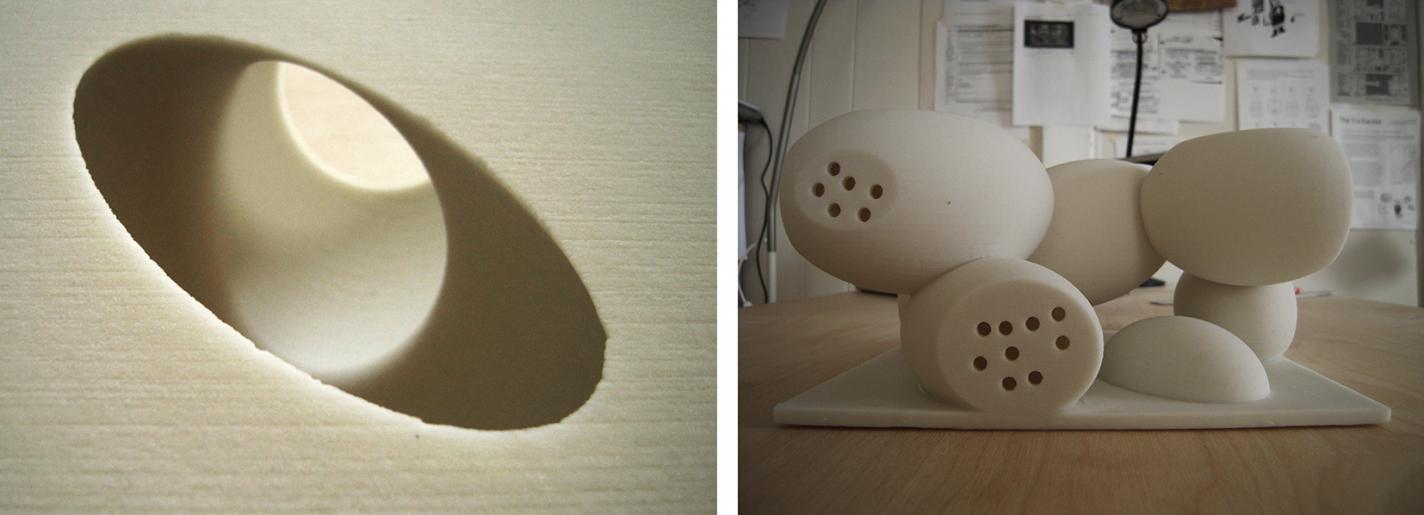
conceptual models
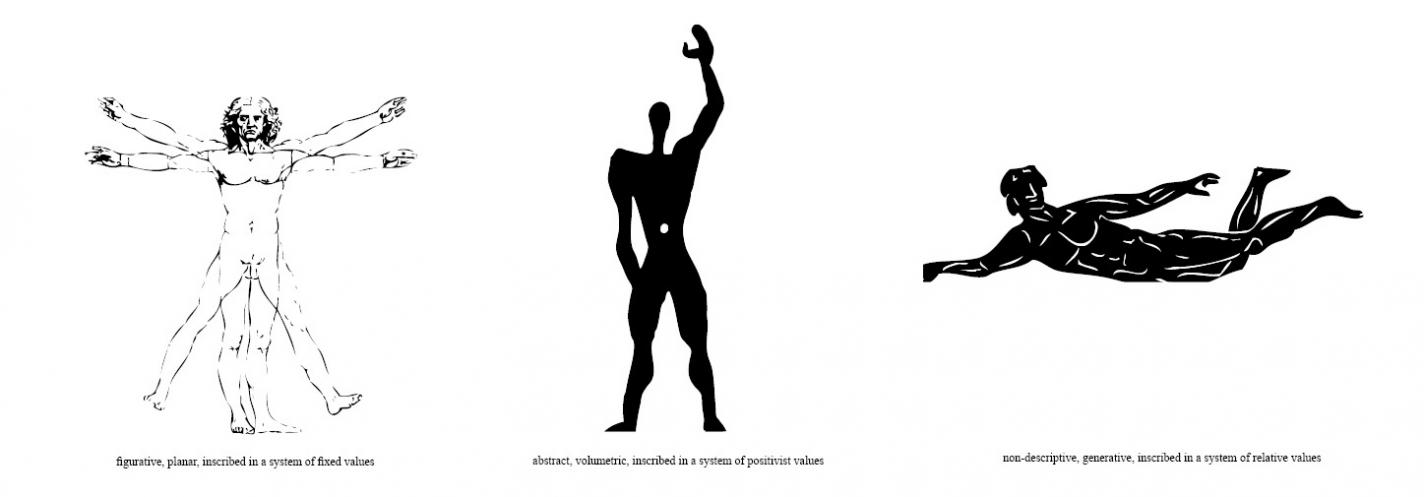
evolution of anthropometric models
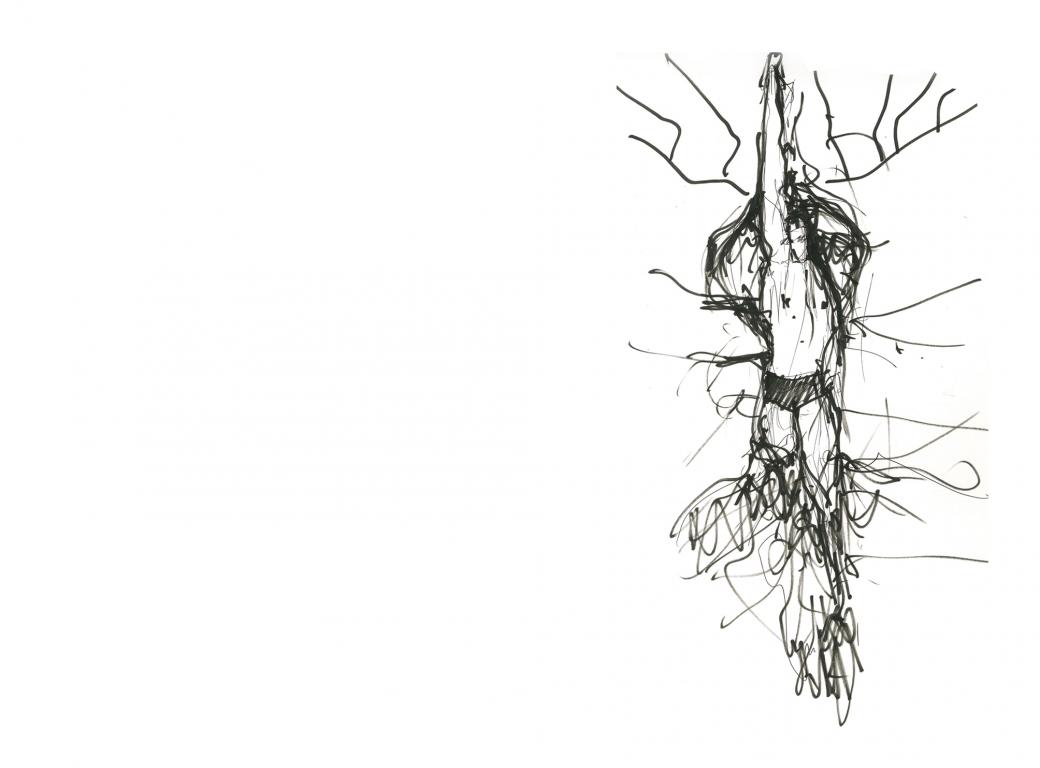
Let us for a moment revisit Virilio and Parent’s thesis:
An Architecture of Dis-equilibrium for the body of Meta-stability.
An Architecture of Topological continuity to accommodate mobile and Immigrant bodies.
What I want to suggest here instead is an Architecture of Disorientation.
An Architecture of Topological Fracture, of Discontinuity,
to accommodate Suspended and Alienated bodies.
